2. The Battersea (London, England)
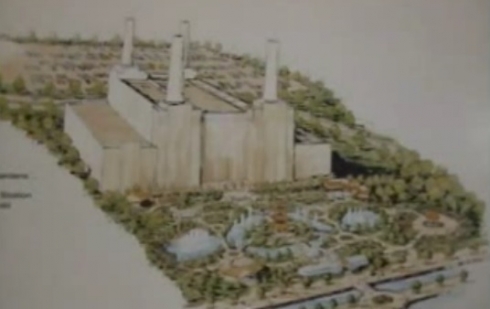
Back in 1983, entrepreneur John Broome was flush with success. Three years earlier, he had converted a former stately home at Alton Towers into the most popular theme park in the UK. Now, he was looking to repeat the same trick elsewhere - and he had his sights set on the UK's capital.
Just as with his first park, Broome planned to base his next attraction around a listed building. However, the location was even more unusual and potentially problematic than Alton Towers. He hoped to build a massive leisure complex in and around Battersea Power Station, an iconic London landmark situated next to the River Thames in Wandsworth.
Broome acquired the site for just £1.5 million in 1987. He boasted that the theme park would become "London’s Tivoli Gardens", creating four-and-a-half-thousand jobs in the process and sprawling across a total area of thirty million cubic feet. Broome was intent on creating "the jewel in London’s pleasure industry crown".
So just what exactly would be on offer at "The Battersea" (the name selected ahead of "Alton Towers II", "Tower Inferno", "The Battersea Powerhouse" and "The South Chelsea Fun Palace")? Well, for an entry fee of £4.50 for both adults and children, guests would gain access to five floors of attractions inside the building, as well as a handful of outdoor rides.
Visitors would enter the Battersea via a spectacular entrance colonnade, surrounded by fountains and terraced gardens. Escalators and glass-walled elevators would transport guests between the floors, with a total of forty rides and two hundred attractions being on offer across the immense main gallery and the two turbine halls. An enormous wall of water would cascade down one side of the building’s interior.
The ground floor of the main gallery would be dominated by a huge ice rink dotted with islands and spectacular dancing fountains. It would host attractions as diverse as a craft village, “entertainment simulators”, a shooting gallery, a mirror maze, an aquarium and a traditional carousel. The simulators would be themed as a “Journey into Tomorrow”, with concept art closely resembling Disney’s Star Wars-themed Star Tours rides (which didn’t open until December 1986). The stand-out element, though, was Charles Dickens’ Street, an “authentic actual village” populated with craft shops and restaurants.
A mezzanine level would host a Disney-style dark ride, featuring three-seater cabins that would pass through sixty animated tableaux populated by seventeen thousand animated figures telling the story of the history of the British Empire . Elsewhere on the same level were “electronic entertainment exhibits”, restaurants and twin cinemas.
Up on the fifth level, Broome planned to install one of The Battersea’s signature rides. This was a balloon ride, which would see riders boarding mock balloons that would swoop around a circuit overlooking the Main Arena.
The outdoor area surrounding the power station, previously used as a coal store, would be put to dual use. Firstly, taking a leaf out of Alton Towers’ book, it would be home to “beautifully landscaped gardens” stretching along six hundred and eighty feet of river frontage. Alongside the gardens would be four major rides, including the enclosed Jumbo Jet Coaster (a custom-designed, Schwarzkopf creation), a Runaway Train, a rapids ride and an observation tower.
The initial cost estimate from Broome for the project was just £34 million – ludicrously low. The budget subsequently leapt to £45 million, then to £170 million. By 1988, the price tag had soared to £240 million.
Construction work finally began in November 1988. It quickly became clear that just getting the basics in place would cost a fortune. Tons of toxic asbestos were found on the site, and there were huge problems with the building’s foundations, which were “virtually non-existent”. On top of this, the UK was in the grip of a recession and the property market was depressed. Work ground to a halt after just four months, but not before the power station’s roof and west wall had been demolished to remove the giant turbines. This left parts of the building exposed to the elements for years, accelerating its decay. Rather than building a theme park, Broome recalls ruefully, "I had to spend 4 months just putting in 300 piles 600 feet deep to pin up the building".
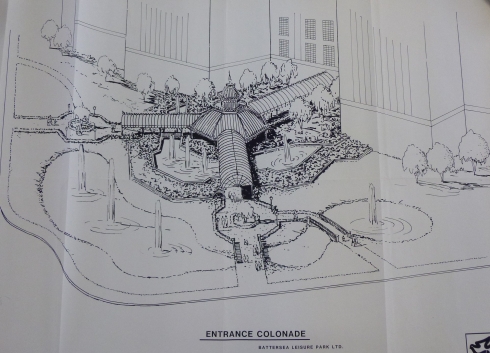
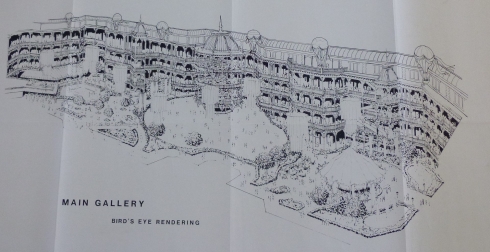
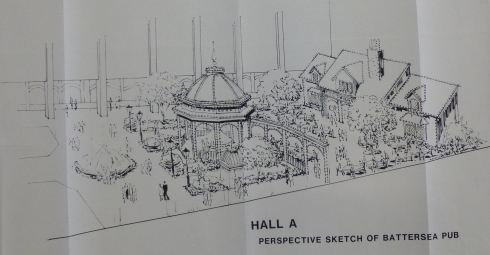
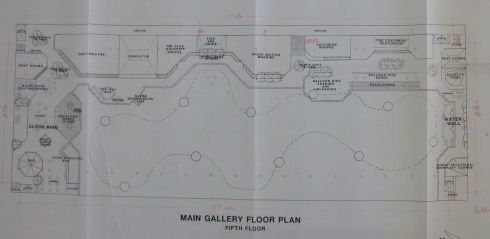

Comments
This just posted regarding Battersea!
http://www.standard.co.uk/news/london/500m-worth-of-homes-sell-in-days-at-battersea-power-station-9330615.html